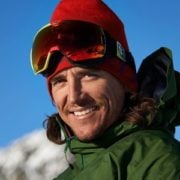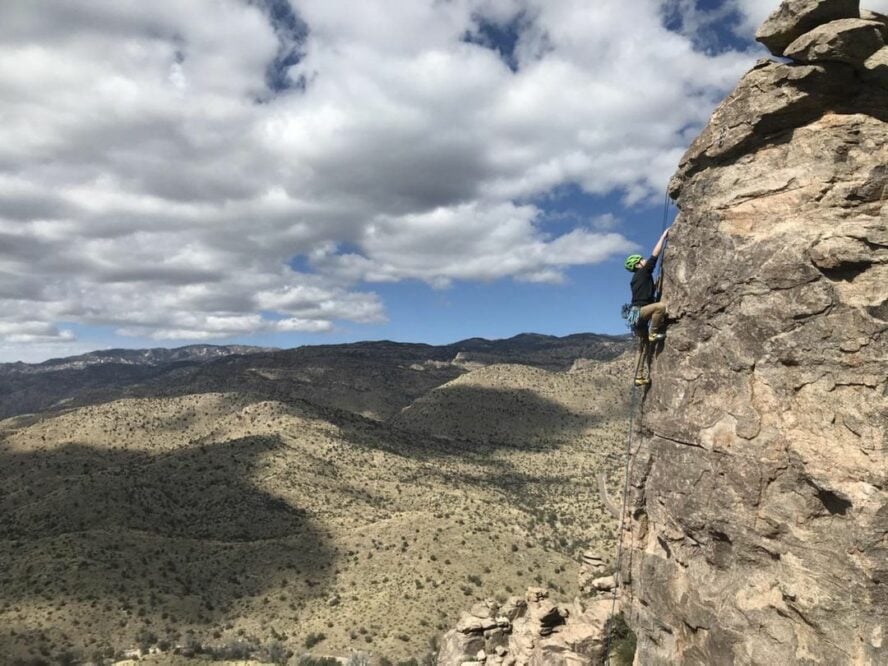I have been a ski guide for 17 years in the Association of Canadian Mountain Guides and just recently started the process of becoming a Rock Guide. Why have I waited so long? I ask myself the same question.
The gist is that my climbing history is a bit convoluted and the timing was never right.
At 16 I was taught by someone who knew very little, but he knew more than me! His teaching ignited an intense interest in the sport yet also left me unprepared in a wide range of situations.
Here’s an example: In 12th grade, I traveled to Yosemite for March break. My friend and I had no idea how to use traditional gear, and on his first lead all of the pieces pulled out behind him as he climbed. It was an easy route and I never told him, but that’s when I realized I didn’t know enough.
Nothing drastic has happened, luckily, but I’ve had to unlearn and self-teach a lot of the basics. In the beginning, books were my best guide, and then friends and mentors instructed me along the way. In my 20s, I didn’t want to rock guide, go figure, and later on my shoulder was wonky for several seasons. Now, 30 years after my first day out, I am taking my first real course on climbing.
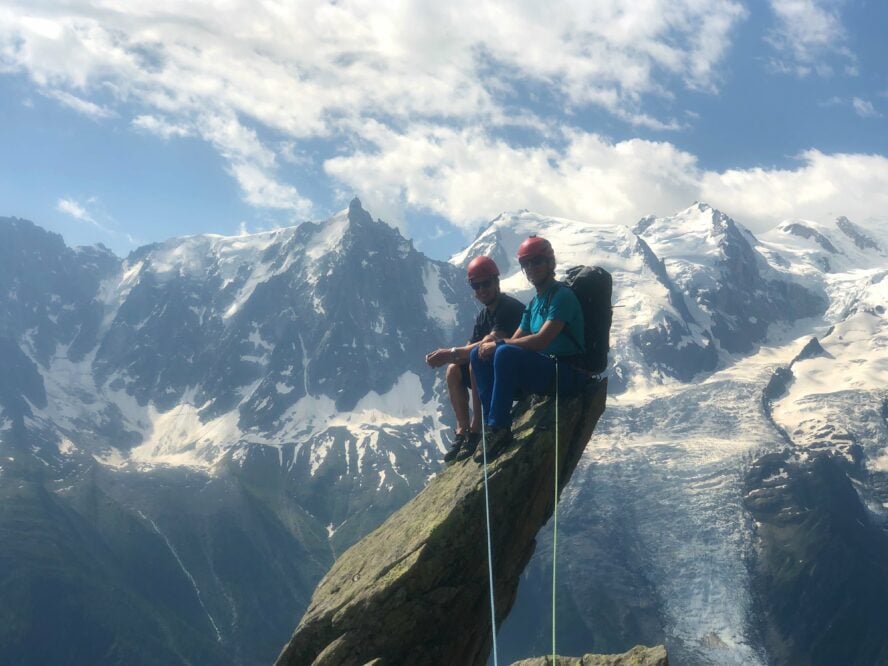
A passion for climbing and guiding
Lately, it’s hit me how much I love guiding.
There are so many adventures and places to share with clients, and I want to extend these trips beyond ski touring and hiking. Since climbing has been a favorite of mine for nearly three decades I decided it was time to get certified.
I knew I had to get up to speed with all the new and safer climbing techniques, but I didn’t realize just how much there was to learn.
How to Become a Rock Climbing Guide
Guiding is a long process
You have to be committed to this. Let me break down the process a bit.
The Association of Canadian Mountain Guides (ACMG) Rock Guide training course is nine days of intense testing and learning that is designed to ensure guides have all the tools to make their clients’ days educational, fun, and safe. By the end, aspiring guides will know how to navigate any scenario that the rock cliffs may present by utilizing the proper systems. This is just one of many steps to actually being able to guide, though.
Taking a training course does not get you certified. A student must first pass the class—which is akin to an evaluation of skill and potential—are they allowed to sign up for the six day certification exam. From there, if you hit the mark you become an Assistant Rock Guide, and still have to be mentored and overseen until you pass the next exam to become a full Rock Guide. In total, this takes between 3-7 years, and it’s almost like getting a PhD in climbing.

The preparation is as intense as the course itself
To get into the ACMG Rock Guide training course I had to show a history of personal climbs. The pre-requisites were stringent: 20 sport climbing onsights of 5.10 or harder, 20 single pitch trad routes, 15 multi-pitches and 2 long mult-pitches.
Realistically, to amass this much experience and skill takes about five years in my opinion (though I’ve heard of people doing it in three years at a seriously accelerated clip). Further, you have to be above average at it.
Prior to the course the guiding company sends you a manual that depicts all sorts of rescue situations and how to address them.
Imagine this: a guide is leading his client up a cliff when the rope dislodges a rock and hits the client, knocking them unconscious. How does the guide secure the client and escape the rope system in order to descend to the unconscious climber and bring them down safely? That involves a lot of steps that I wasn’t versed in.
Additionally, there are chapters on client care, rope work and systems, and a detailed explanation of how each piece of gear works—their strengths and weaknesses, and importantly, their breaking points!
It’s everything you need to know about climbing, as well as how to teach and bring your clients on amazing rock adventures. All this reading is simply preparation for the course, where this theory is put into practice.
Building the skillset
The next step is to develop the fundamentals for understanding and implementing complex rope systems. If anything goes wrong these are the skills to make it right: knowing what to do if you need to raise your client; switching from belaying your client up a pitch to safely lowering them, dealing with injuries and then simul-rappelling down, and on and on. These are all vital skills that most people don’t practice anywhere else.
Learning each piece on its own and then tying them all together really tested my mind, but was invaluable practice. Ideally nothing goes wrong when guiding, but we have to be prepared for the worst situations.
Also during these days we put the theory of our equipment to the test; it’s amazing to learn the physics of falls, the strengths of the equipment we use, and how the redundancy in our systems work. All of this keeps us safe in the end.
When it comes to guiding, climbing competence is key
As a guide you set the tone for the client, which means fluidity and skill must be demonstrated. The examiners took us on some moderate 5.10’s and tested our competency. They want to see confident people who will inspire trust in clients.
You could argue that to climb smoothly does not equate to actual skill mastery, but I think fluidity and ease of motion shows a deep understanding of the techniques. This can be a stressful part of the course but it’s such an essential step for working with clients; if a guide does not look good climbing the client will be hard pressed to trust them.
Watching the aspirants, I began to really understand this. With some you saw their experience come through in thoughtful decisions. They would calmly jam their way up the cracks, feet quietly following. When placing their cams for safety they knew what piece they needed, positioned it quickly and securely, then smoothly continued up the rock.
On the other hand, some students had pronounced hesitation and doubt. Rightly or wrongly, this could pass fear onto the clients. It’s a hard pill to swallow but if you didn’t pass this screening you have to play the client/observer role for the rest of the course.
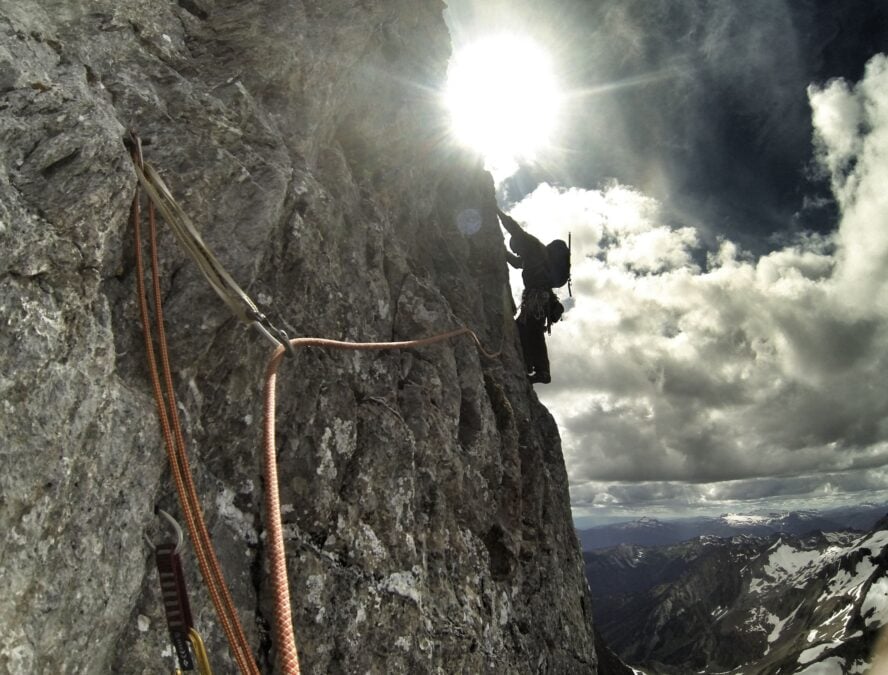
Having many years of climbing under my belt, I was able to demonstrate what was needed. My first route was a classic 5.10 Squamish crack—some of the best climbing in the world in my opinion!—really grippy and took great gear. It was probably a little soft but it went well and my confidence grew. Then they put me on a 5.10c that supposedly had a sting in the tail. Again it was perfect granite, offering great hand jams and torques. It was only after I cruised past the crux that I realized I had done it.
Afterwards, the examiners would climb and assess the quality of our gear placements to ensure a high degree of safety.
Learning to see a route with a guide’s eyes
Once we passed the skills test we began mock guiding. There are many more complexities when you have to guide someone because you are responsible for their safety and have to think about how to climb a route as both a leader and follower. I hadn’t realized how much anticipation and observation was required!
The focus is intense—you have to pre-plan for every issue, forecast in your head where a client may need extra help, anticipate the cruxes, and with that consider your own positioning in order to be able to watch and safely manage the client through these zones. It’s so many layers on top of each other that you need a calm mind, and a lot of experience, to navigate them all.
For these mock guides, I led a few low-5.10s that presented a variety of challenges. Counterintuitively, easier terrain is often more complex than harder climbing since there are more ledges and traverses, which requires a lot of forethought.

As you’re leading you need to think about protecting the follower. For example, you don’t want them to take a big swing or get stuck hanging in space should they fall, so gear placement is vital. Other considerations include extending an anchor to be able to see your client as they climb and setting up anchors to make them simple to remove. Then of course, guiding two clients presents even more complexity because you have to keep the ropes from intertwining.
Part of the benefit of a course like this is the super experienced guides were always coaching and sharing their wisdom to help us through these situations. They want us to become the best guides we can be.
The “soft skills” are just as important as the technical
On top of all these hard skills is client care—and that is what makes a guide truly standout. This includes communicating with your client beforehand, understanding their dreams, figuring out their comfort levels and skill set, and then establishing a well-matched goal for a day out. We want our clients to not only have a good time but to grow and develop in the sport, so figuring out what kind of learner they are and teaching them what they need to know is vital. Being sensitive to their fears and knowing how to dispel them is also important to providing a dream adventure.
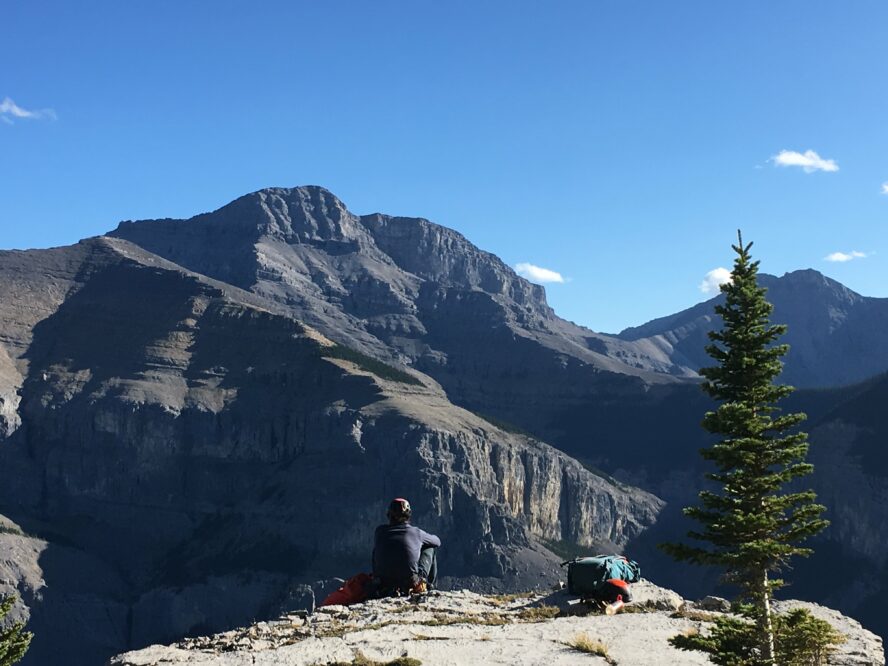
Tying it all together: what I learned from the guiding course
Understanding all the different layers solidified just how much certified guides need to know, and what they bring to the table for trips. Clients give an immense amount of trust to the guides that lead them in the mountains and the responsibility is massive. It’s something that guiding associations take very seriously.
For me, this is about the confidence that clients have in me being warranted—it is based on an intensive mountain accreditation process that equips you with a toolbox to safely get clients through all hazards and terrain.
Simply put I learned that when you hire a certified guide you have someone that is learned in the arts of making your day the best and safest mountain adventure possible.
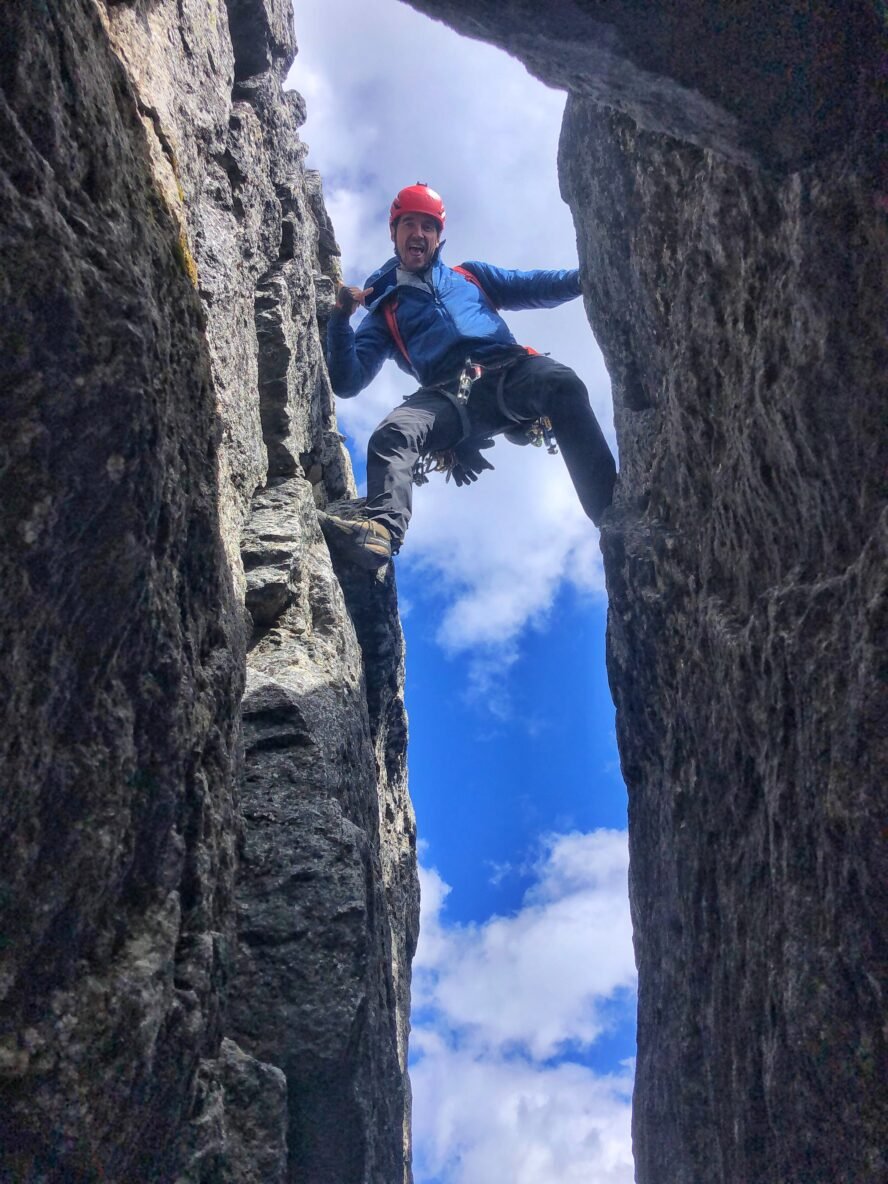
Are you thinking about going for a guide certification? Here are some key questions you might want to ask yourself
-
- What are your goals and how might the certification help you achieve that?
- What are the requirements for the course? (Time commitment, cost, experience, etc.)
- If climbing is your passion are you willing to turn it into a job?
- Guiding is about skill, sure, but it is also very much about people. Are you a people person who is ready to take care of others all day?
- Following that, are you prepared to take responsibility for others in a hazardous environment?
Epilogue: The Exam
Entering the Assistant Rock Guiding exam, I came prepared.
I had climbed most of the possible exam routes in previous weeks and my confidence was high. It’s easy to get worried because the examiners, fellow Mountain Guides, are assessing all of your decisions and evaluating you across a range of categories that in composite make for an excellent guide. These include professionalism, movement skills, terrain assessment, techniques, client care, risk management, and the use of technical systems.
How did I do? I don’t know! I’m hoping I passed, of course, but what I do know is that this intensive experience has made me a far better climbing partner and it’s helped me develop new skills I can apply to the skiing and hiking trips I lead.
In the end, sharing my love for the mountains is my biggest goal of guiding. There’s nothing better than taking clients on big days in the mountains, from shredding on the slopes to long-days in the backwoods—and soon, I hope to be able to include scaling my beloved granite crags of Squamish to the itinerary!
Want to take your climbing skills to the next level? Consider taking a gym-to-crag or learn-to-lead course with some of the best guides in the industry. Aiming bigger? Develop your alpine skills in the Canadian Rockies!

